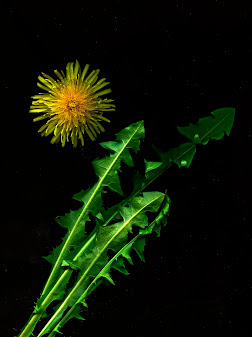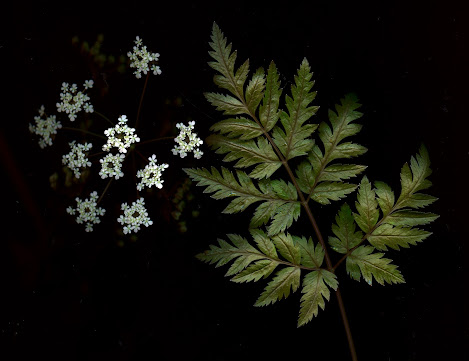 |
| Taraxicum officianalis 6 May 2022 |
My grandmother used to repeat to me often about her plan to live long by telling me, “Mala yerba no muere.” This translates to, “Bad weeds don’t die.”
There is a conflict between languages here. A yuyo in Argentina is a noxious weed. A yerba is not quite a weed as that is what Argentines call Ilex paraguariensis or yerba mate.
My gente fina Rosemary(a lesser way of saying she was a a snob) did not accept weeds in our garden. Especially verboten was
Taraxicum officianalis (the common
dandelion). I had to remove it from our lawn. In the late 80s and early 90s we discriminately
used weed killers that are now not available. Roundup is a known carcinogen. We simply did now how toxic they were.
 |
| April 12 2018 |
I bought a
safe weed killer tool that Rosemary would ask me to take to our Alexandra’s garden
in Lillooet. I found pleasure in using it. There are two scans at the bottom.
Now, I kind of wonder about them (weeds and "evil" plant insects). I don’t kill slugs (they eat my hostas). When I see them I pick them up and move them away from my hostas.
 |
| Sinapsis arvensis - 6 May 2022 |
And today I looked at the many dandelions on our lane. Rosemary disliked our Kits home because she said that the lane was not neat, tidy and free of weeds like our former lane in Kerrisdale.
I wrote about dandelions before here.
I discovered (using Rosemary’s penchant for looking at small flowers) how lovely they are and I decided to scan them.
People define weeds in many ways. Prolific plants that take over for me are weeds and Rosemary planted fennel everywhere. She did the same with a purple Anthriscus.

Anthriscus sylvestris 'Raven's Wing'
One weed she readily accepted was Nepeta faassenaii or catmint. She planted it in our lane garden. When she did her reduced weeding in the lane, she was always accompanied by Niño and Niña. They liked their catnip.
 |
| Rosa 'Gertrude Jekyll' & Niño and Niña's Nepeta faassenii 23 May 2021 |
Today as I was scanning the dandelions I noticed a tall plant growing with one of my potted roses. I took a picture and sent it to my daughter Alexandra who told me that it came from seeds in the horse manure she brought for me in early spring. It is common mustard or Sinapsis arvensis. While synapse and sinapsis both come from Greek they are not related. It would seem that the Greeks knew all about Colman’s Mustard before the Brits.
Santiago Ramón y Cajal proposed that neurons are not continuous throughout the body, yet still communicate with each other, an idea known as the neuron doctrine. The word "synapse" was introduced in 1897 by the English neurophysiologist Charles Sherrington in Michael Foster's Textbook of Physiology. Sherrington struggled to find a good term that emphasized a union between two separate elements, and the actual term "synapse" was suggested by the English classical scholar Arthur Woollgar Verrall, a friend of Foster. The word was derived from the Greek synapsis (συνάψις), meaning "conjunction", which in turn derives from συνάπτεὶν (συν ("together") and ἅπτειν ("to fasten"))
Wikipedia









